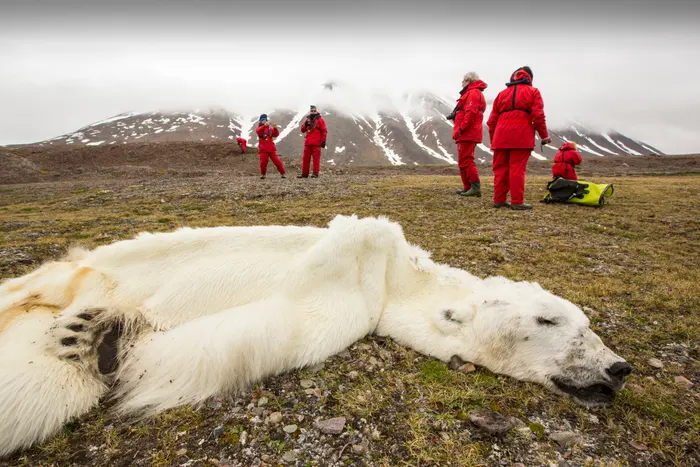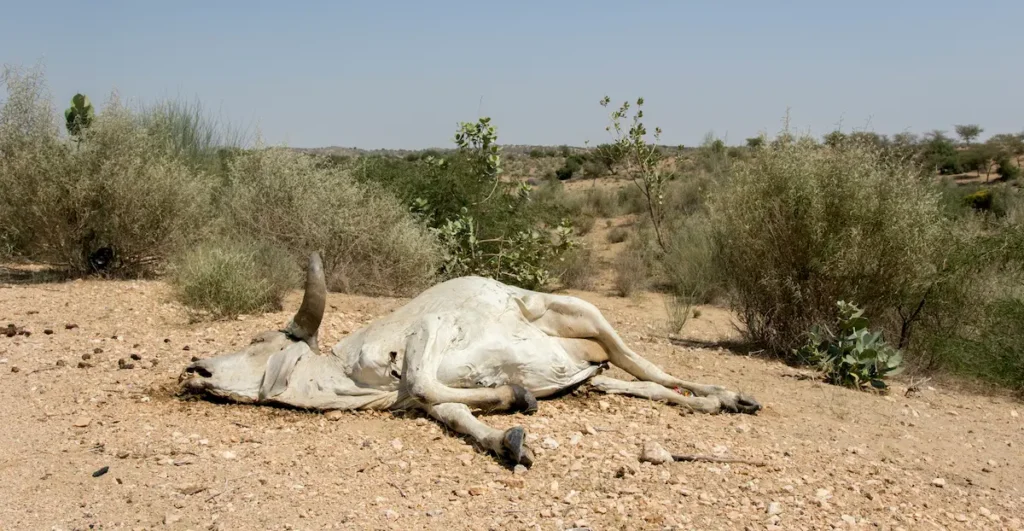Climate change is a global phenomenon that has far-reaching implications for the planet’s ecological balance. Rising temperatures, extreme weather events, sea level rise, and changing precipitation patterns are among the many consequences of climate change. These changes are not only affecting human societies but also wildlife populations. In this article, we will explore the impacts of climate change on wildlife and how we can mitigate them.

The impacts of climate change are felt worldwide and affect all aspects of our environment, including the atmosphere, oceans, land, and ecosystems. Some of the most visible effects of climate change include:
Rising Temperatures:
Global temperatures have increased by about 1.1 degrees Celsius (2.0 degrees Fahrenheit) since the pre-industrial era, with most of the warming occurring in the past few decades. This warming trend is expected to continue, with some estimates suggesting that the temperature could rise by up to 4 degrees Celsius (7.2 degrees Fahrenheit) by the end of the century.
Extreme Weather Events:
Climate change is causing an increase in the frequency and intensity of extreme weather events, such as heat waves, droughts, floods, and hurricanes. These events can cause significant damage to infrastructure, crops, and human lives.
Sea Level Rise:
As the Earth’s temperature rises, the polar ice caps are melting, and the oceans are expanding. This is causing sea levels to rise, which can lead to flooding and coastal erosion.
Changes in Precipitation Patterns:
Climate change is causing changes in precipitation patterns, leading to more intense rainfall in some areas and droughts in others. This can affect agricultural production, water availability, and human health.
Impacts on Ecosystems and Biodiversity:
Climate change is affecting ecosystems and biodiversity in various ways, including changes in the timing of seasonal events, altered species distributions, and increased frequency of wildfires. These impacts can lead to declines in biodiversity and the loss of ecosystem services.
The Impact of Climate Change on Wildlife
Climate change is altering the habitats and behaviors of many species, leading to a decline in biodiversity. Here are some of the impacts of climate change on wildlife:
Changes in Migratory Patterns:
Many bird species rely on seasonal cues to determine when to migrate. However, as the climate changes, these cues are becoming less reliable, leading to changes in migratory patterns. This can cause many bird species to arrive at their breeding grounds too late, affecting their ability to reproduce and maintain their populations.
Loss of Habitat:
Climate change is causing the loss of habitat for many species. For example, as sea levels rise, coastal habitats are disappearing, and marine species are forced to move to new areas. Similarly, as temperatures rise, many animals are moving to higher elevations to find suitable habitats, but those habitats are limited, and some species may not be able to adapt.
Altered Reproductive Cycles:
Warmer temperatures are causing many species to change their reproductive cycles. For example, some bird species are laying eggs earlier in the spring, which can lead to a mismatch between the timing of hatching and the availability of food. This can reduce the survival rates of young birds and, ultimately, impact the population.
Changes in Predator-Prey Dynamics:
Climate change is altering the behavior and distribution of both predators and prey. This can affect the balance between predator and prey populations and lead to unexpected outcomes, such as the decline of a particular species.
Disease Outbreaks:
Warmer temperatures can increase the risk of disease outbreaks in wildlife populations. For example, rising temperatures are causing the expansion of mosquito populations, which can spread diseases to animals. Similarly, as the range of tick species expands, the risk of tick-borne diseases increases.

Mitigating the Impacts of Climate Change on Wildlife
To mitigate the impacts of climate change on wildlife, we need to take several steps:
Protect and Restore Habitat:
Protecting and restoring habitats is essential to maintain wildlife populations. This can include creating new protected areas, restoring degraded habitats, and implementing conservation measures to limit the impact of human activities.
Promote Sustainable Land Use:
Promoting sustainable land use practices can help to reduce the impact of human activities on wildlife habitats. This can include reducing deforestation, limiting development in sensitive areas, and promoting sustainable agriculture practices.
Reduce Greenhouse Gas Emissions:
The primary cause of climate change is the emission of greenhouse gases. Reducing these emissions is essential to limit the impact of climate change on wildlife. This can include promoting renewable energy sources, improving energy efficiency, and reducing the use of fossil fuels.
Develop Climate-Resilient Conservation Strategies:
Developing climate-resilient conservation strategies can help to ensure that wildlife populations can adapt to the changing climate. This can include identifying areas where species are likely to move in response to climate change and developing management plans to protect these areas.
Final Words
Climate change is having a significant impact on wildlife and their habitats. As global temperatures rise, animals are experiencing changes in their behavior, migration patterns, and reproduction. This can lead to declines in populations and the loss of biodiversity.
The impacts of climate change on wildlife are complex and interconnected, affecting not only individual species but entire ecosystems. For example, changes in the timing of seasonal events, such as the emergence of flowers or the migration of birds, can disrupt the delicate balance between species that rely on each other for food and other resources.
It is essential to take action to address climate change and protect wildlife from its impacts. This can involve reducing greenhouse gas emissions, protecting and restoring habitats, and promoting sustainable land use practices. It also requires collaboration between governments, businesses, and individuals to create a sustainable future for all species.
In conclusion, the impacts of climate change on wildlife are significant and urgent. As a global community, we must take action to address climate change and protect the diversity of life on our planet. By working together, we can create a sustainable future that benefits both people and wildlife.
